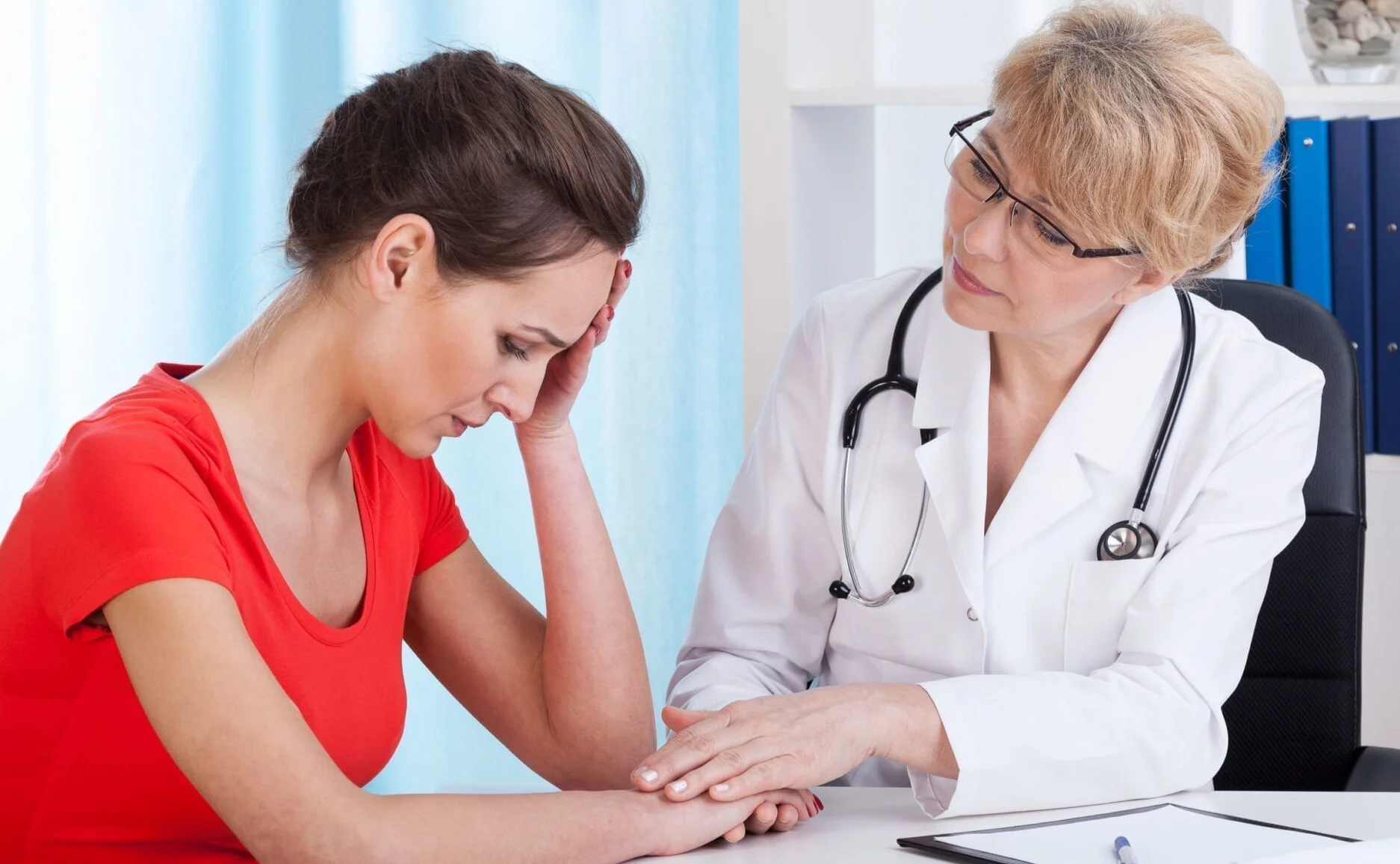Consumption disease is an infectious disease usually caused by the bacteria Mycobacterium tuberculosis. Consumption disease is also called Tuberculosis. This article will help you understand "what is consumption disease?" and its causes, symptoms, diagnosis, and treatment.
Occurrence of consumption disease -
Around one-fourth of the world's population is infected with consumption disease; new infections occur yearly in 1% of the population. However, around 90 to 95 percent of the infections are asymptomatic; the remaining patients show symptoms of Tuberculosis. The incidence of the disease is seasonal, and it spikes during summer.Geographically, the occurrence of consumption disease varies. Around 80 percent of African, south Asian, and eastern European countries have positive results for this disease compared to a mere 5 to 10 percent of the population in North America.What is Consumption Disease?
Consumption disease, also called Tuberculosis, is a disease that affects the lungs but can also affect the other parts of the body. It is caused by the bacteria called Mycobacterium tuberculosis(TB) which affects the lungs. These infections usually take time to display symptoms. There have been a lot of measures taken to eradicate consumption disease in India and all around the world. India has the largest population with this disease. The bacteria which causes this disease can also infect animals, fishes, birds, and rodents. The bacteria spread from one person to another through droplets released in the air by coughing or sneezing.What causes consumption disease?
The major cause of consumption disease is infection by the bacteria Mycobacterium tuberculosis. It is an aerobic, small bacteria with a slow division rate. The disease spreads through the air. When persons with active consumption disease cough, sneeze or spit, the infectious droplets responsible for disease transmission are released. The infectious dosage for Tuberculosis(TB) is extremely low, with less than 10 grams capable of causing illness. Also, Read Tuberculosis Symptoms, Signs, And Prevention Tips.How did people get consumption disease?
There are a lot of factors that make people more prone to contracting consumption disease. Some of them include the following:- Recurring HIV infection
- Use of medications such as corticosteroids or TNF inhibitors
- Alcoholism
- Diabetes mellitus
- Smoking
- Tobacco
- Pollution
- Poor diet and nutrition
- Low body weight
- Kidney disease
Who is at Higher risk?
Consumption disease occurs in areas of overcrowding and nutrition deficiencies. The people who are at a higher risk of acquiring this are those:- Who use drugs
- Medically underprivileged people
- Healthcare providers who serve these patients
What are the symptoms of consumption disease(Tuberculosis)?
The immune system operates systematically to ensure that germs and viruses do not cause problems in the body. In the case of consumption disease, there are two types as follows:- Latent Tuberculosis: In this type, the patient is infected with TB, but the bacteria in the body is inactive and hence causes no symptoms. Latent TB is asymptomatic. Care should be taken as Latent TB can be converted to Active TB.
- Active Tuberculosis: In this type, the patient is infected with TB, and the bacteria infect the body, making you fall ill. This infectious type of Tuberculosis should be treated as soon as feasible.
- Coughing for more than three weeks
- Blood in cough or mucus
- Pain in chest
- Pain while breathing or coughing
- Weight loss
- Fatigue
- Night sweats
- Chills
- Appetite loss
- Fever
- Back pain
- Arthritis in the knees and hips
- Meningitis
- Liver problems
- Heart disorders
Is consumption illness contagious?
Consumption illness or Tuberculosis (TB) occurs by bacteria that spread from person to person via microscopic droplets released into the air. This makes it a contagious disease. The disease may spread to another person if a patient with Consumption illness coughs, talks, sneezes, spits, laughs or sings, this might happen. Although TB is infectious, it is difficult to contract. People in close contact with or are frequently exposed to infected people are at the highest risk of getting infected. An infected and untreated patient can infect another 15 people every year.How to prevent consumption disease?
If you or someone you have been in contact with has tested positive for this disease, immediately visit a doctor. The doctor will prescribe medicines to reduce the symptoms of consumption disease.To control the spread, one can follow these methods:- Stay at home: To avoid contact with people during treatment is a good preventive measure.
- Wear a face mask: If you have to step outside, do so by wearing a mask that does not allow the droplets from your mouth to spread easily.
- Finish the medication: The most important preventive measure is finishing the medications as the bacteria involved in causing infection to resist a lot of drugs that are used to treat the disease, and by skipping medications, you are giving the bacteria chances to mutate and develop antibiotic resistance which will eventually make it more difficult to treat in future.
- Vaccinations: In developing countries, vaccination programs for the disease are very common, and the bacilli Calmette-Guerin (BCG) vaccine is used to prevent the spread of consumption disease.
- Ventilate your room, as the bacteria do not move in closed spaces without air circulation.
- Cover the mouth and nose while sneezing or coughing.
- Sanitize your surroundings.
- Clean your utensils and clothes during this period.
Treatment Options for Consumption disease -
If you are diagnosed with latent Tuberculosis, the doctor will recommend some medicines since it becomes a high risk that the latent Tuberculosis might convert to active Tuberculosis. The treatment should be carried on for 6 to 8 months. The various drugs that the doctor prescribes to treat consumption disease usually include the following:- Rifampin
- Ethambutol
- Isoniazid
- Pyrazinamide
Conclusion -
Consumption disease is a disease that is of concern in developing countries. Active TB patients only show their symptoms. It is very important to complete the course of medications as these bacteria can lead to mutations leading to drug resistance, making it more difficult for the treatment to proceed. India is trying to eradicate this disease by spreading more and more awareness about the symptoms, causes, and prevention. Vaccinations are an effective way of preventing the disease. Categorized into General Health

Reviewed by







